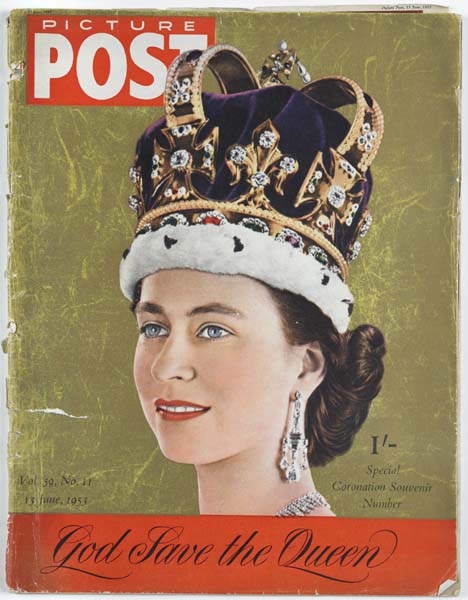The Picture Post was a picture-led publication that presented the best of modern European photojournalism. The publisher Edward Hulton founded the magazine in London in 1938, employing Stefan Lorant as editor.
Lorant was a former cameraman and film director from Hungary. Before the war, he had created a pictorial magazine entitled Muenchner Illustrierte Presse. This used new printing processes to introduce new, candid styles of photography into journalism.
In 1933, Lorant escaped from Nazi Germany. He settled in London where he founded the pocket journal, Liliput, based on his previous ventures. In 1938, Hulton bought Liliput and commissioned Lorant to produce a new magazine, Hulton’s National Weekly – Picture Press.
The magazine was an immediate success. After just four months, it was selling 1,350,000 copies a week. Using plain language and articles about current affairs, it appealed across the board: in Lorant’s words, to ‘the common man, the worker and the intelligentsia’.
Picture Post had an openly left-wing stance. In the run-up to the Second World War, the magazine regularly published photomontages by the left-wing German artist John Heartfield (who had anglicised his name from Helmut Herzfeld). Heartfield’s artwork, The Happy Elephants, was a searing visual response to Prime Minister Neville Chamberlain’s promise of ‘Peace in our time’.
The magazine provided a showcase for emerging photographers. Lorant championed work by Kurt Hutton (Kurt Huebschmann) and Felix H Man (Hans Bauman), with whom he had worked in Germany. As the magazine grew in popularity, he used other European photographers, including Henri Brassai, Erich Salamon and Martin Munckasi.
In turn, a new generation of English photographers came to be associated with the magazine, notably Haywood Magee, Leonard McCombe and Bert Hardy. Hardy was the first photographer to be credited by name in the magazine. His picture essays of Glasgow and London during the Blitz were among Picture Post’s most famous spreads.
In 1941, Lorant emigrated to America leaving the editorial of the Picture Post to his assistant, Tom Hopkinson. In his new role, Hopkinson encouraged journalists to collaborate with photographers on new projects, always ‘putting the picture first’. The magazine continued to report on the war at home and abroad with essays by Humphrey Spender and Leonard McCombe. Hopkinson also helped to publicise the true horror of the Nazi’s treatment of the Jews.
After the war, articles began to consider life in Britain under the new Welfare State. Hopkinson kept an international outlook by commissioning James Cameron and Bert Hardy to report on the war in Korea. The resulting story, focussing on the harsh treatment of political prisoners by the South Koreans, outraged the Picture Post’s conservative publisher, Edward Hulton. He condemned the report as ‘communist propaganda’ and promptly fired Hopkinson from his post as editor.
Hopkinson’s departure marked the beginning of the end for Picture Post. Although the magazine continued to attract talented writers, including women such as Grace Robertson and Elizabeth Chat, editorial direction was weak. The magazine’s reputation declined and it closed on 1 June 1957.








